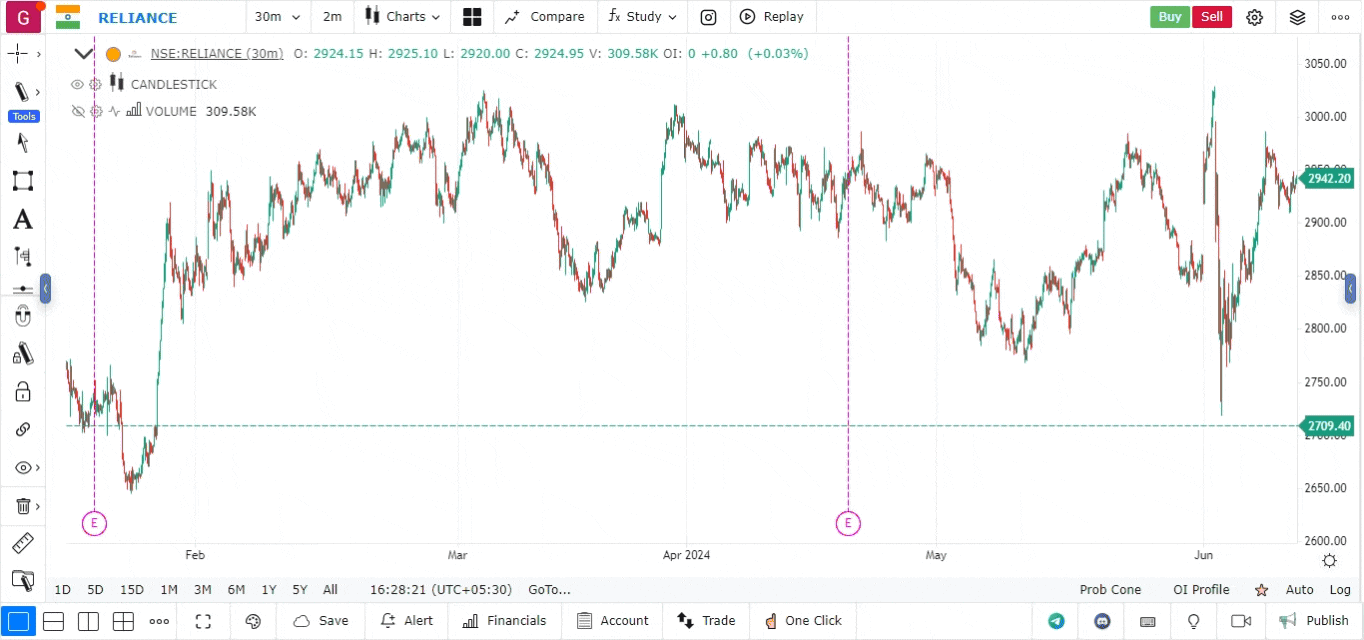Accumulative Swing Index (ASI)
The Accumulative Swing Index (ASI) is a technical analysis indicator developed by Welles Wilder. It is designed to quantify the strength of a price trend and detect potential breakout points in the market. The ASI is a cumulative form of the Swing Index, which uses price action to analyze price direction and identify key levels.
Key Features of the Accumulative Swing Index:
-
Trend Strength Analysis: The ASI measures the strength of a price trend by combining price movements, such as open, close, high, and low prices. It helps traders determine whether the current trend is gaining or losing momentum.
-
Breakout Detection: The ASI can be used to identify potential breakout points in an asset’s price. When the ASI moves above or below a certain threshold, it may signal a trend reversal or continuation.
-
Comparison to Price: The ASI is often plotted alongside the price chart of an asset. Comparing the ASI with the asset’s price movement can help identify divergence, which may indicate a weakening trend or a potential reversal.
-
Cumulative Indicator: Unlike the standard Swing Index, which calculates individual swings, the ASI accumulates these values over time, creating a more comprehensive picture of the market’s trend.
Calculating the ASI
The ASI formula uses the following components:
- Open, Close, High, and Low Prices: The key price points used to calculate daily movements.
- True Range (TR): The largest of the differences between the current high/low, high/previous close, or low/previous close.
- Swing Index (SI): A calculation that factors in price movement and volatility to determine the day’s swing.
The ASI accumulates the Swing Index values over time to create a running total that reflects the overall trend.
Analyzing the ASI Indicator
To analyze the Accumulative Swing Index, follow these steps:
-
Load the Chart for the Asset:
- Open the charting platform.
- Load the chart for the specific asset you wish to analyze.
-
Set the Timeframe:
- Choose an appropriate timeframe that fits your analysis needs. The ASI can be used on various timeframes, depending on your trading strategy (e.g., daily, weekly, or intraday).
-
Add the ASI Indicator to the Chart:
- Navigate to the Indicators section.
- Search for Accumulative Swing Index (ASI) from the list of available indicators.
- Click on the ASI indicator to add it to your chart. It will appear as a line below or above the price chart, depending on the values.

-
Interpret the ASI Signal:
- Uptrend Signal: When the ASI line trends upward, it indicates that the current trend has strong momentum and is likely to continue.
- Downtrend Signal: When the ASI line trends downward, it suggests that the current trend has bearish momentum.
- Breakout Levels: Look for significant breakouts in the ASI line that coincide with price action. Breakouts often signal that a new trend is beginning or an existing trend is strengthening.
- Divergence: If the ASI diverges from the price movement (e.g., the price is making new highs, but the ASI is not), it may indicate a weakening trend and a possible reversal.